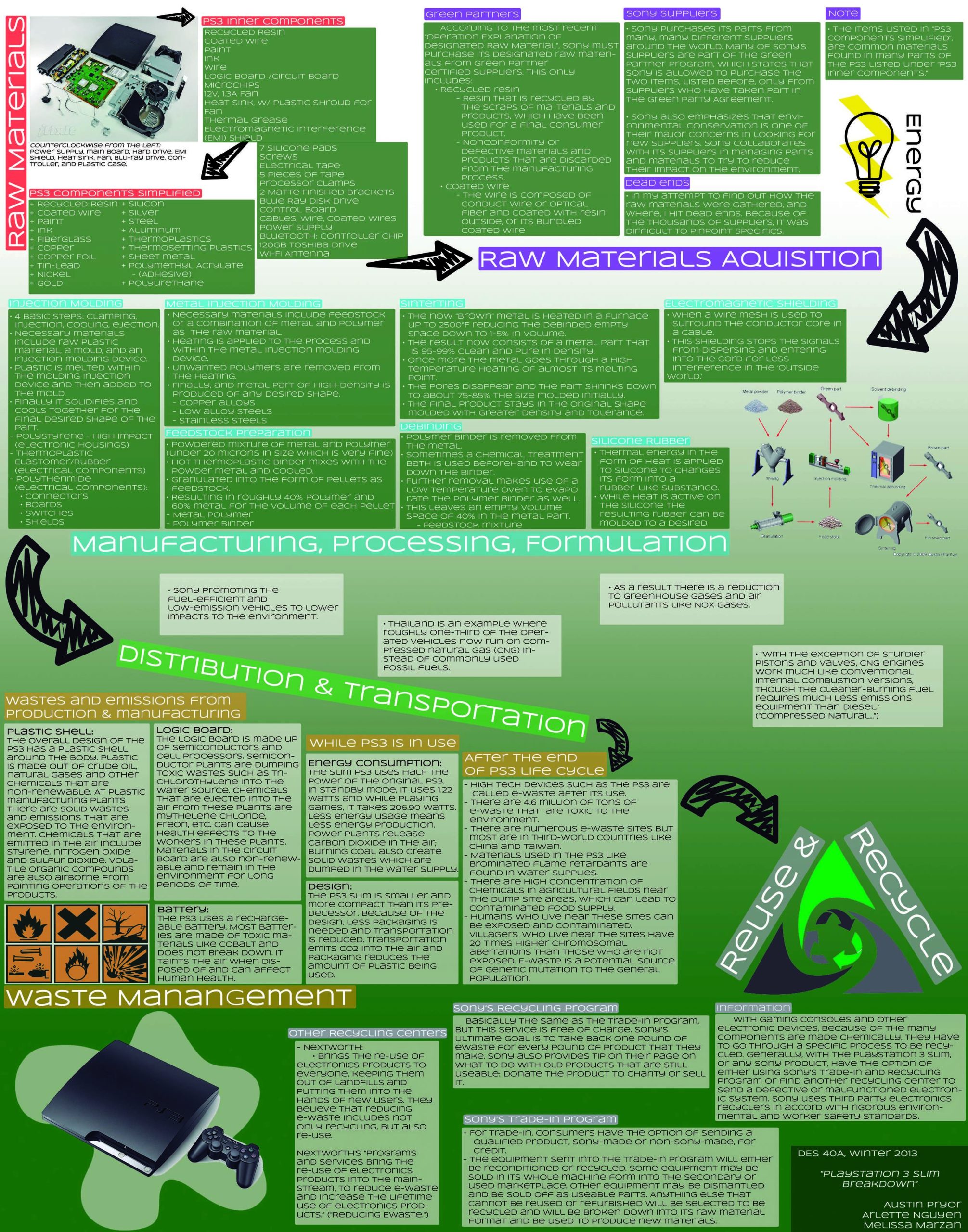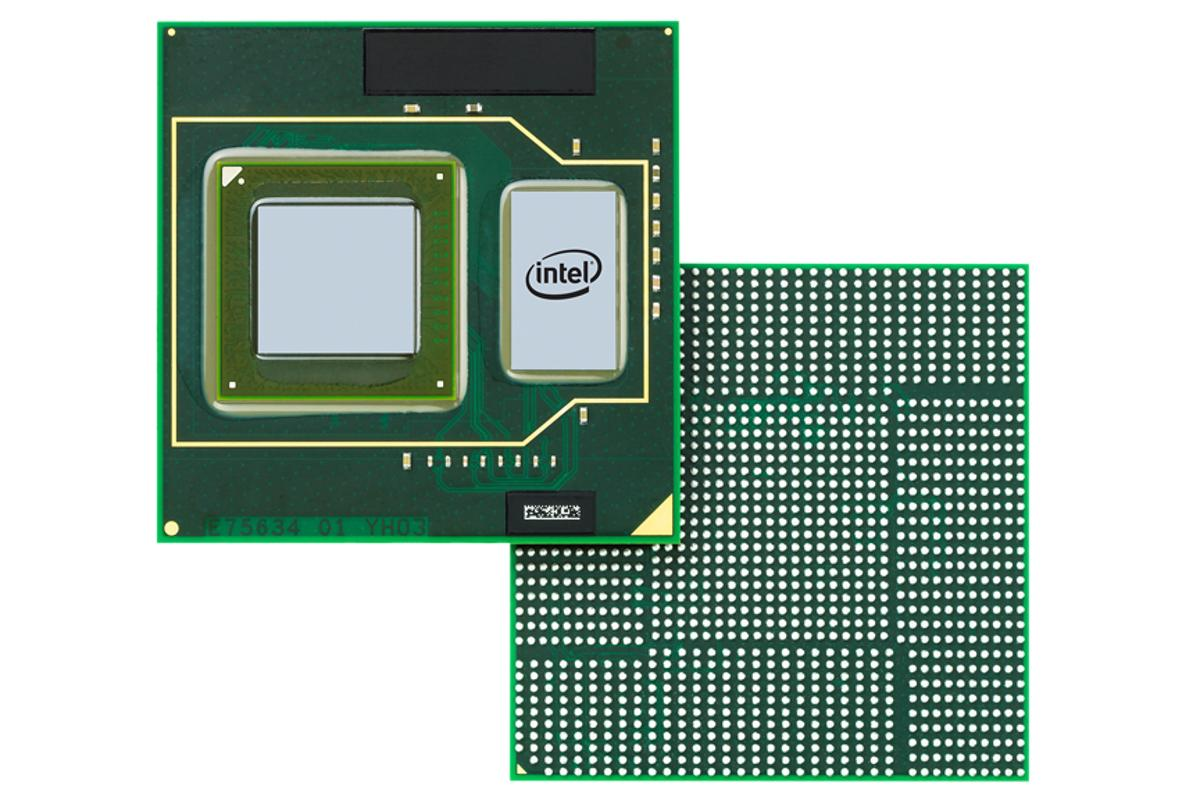The PlayStation 3 life cycle represents a pivotal chapter in gaming history, showcasing Sony’s commitment to longevity in the console market. Announced at E3 in 2005, the PS3 officially launched a year later, and its journey spanned a remarkable ten years, aligning with Sony’s innovative strategy in an evolving video game industry. During this period, notable PS3 announcements captivated gamers, reinforcing its presence in a competitive landscape populated by other consoles. Notably, Kazuo Hirai’s CES statement emphasized that a new console would not be revealed before 2015, allowing developers and players to maximize their investment in the PS3 platform. This decision not only reflected industry trends but also set a standard for future console life cycles, challenging the frequent replacement norms in gaming.
The life journey of the PlayStation 3, often referred to in conversations about gaming consoles, stands out as a significant era for Sony’s gaming division. This legendary console, introduced in the mid-2000s, was a major player in the marketplace, aligning itself with key advancements and shifts in gamer expectations. With its emphasis on a prolonged lifecycle, the PS3 sought to redefine the standards for video game systems, contrasting sharply with prior cycles that typically ushered in successors every few years. Kaz Hirai’s remarks at the Consumer Electronics Show highlighted Sony’s strategic approach, emphasizing a commitment to solidifying the PS3’s legacy in the face of emerging competition. The discussions surrounding future console releases further showcased the dynamics of the gaming industry, where trends constantly evolve and challenge conventions.
The PlayStation 3 Life Cycle: A New Era for Sony
The PlayStation 3 (PS3) launched in 2006, marking a significant milestone in the gaming industry. Sony committed to a robust ten-year life cycle for the PS3, intending to extend its market viability beyond the typical replacement cycle that had seen consoles updated every five years. This bold strategy allowed Sony to harness the full potential of the PS3’s hardware and software capabilities, as well as to build a substantial library of games. The PS3’s lifecycle also coincided with the rise in online gaming, providing players with unparalleled access to digital content and multiplayer experiences via the PlayStation Network.
Despite the emergence of next-gen consoles, the PS3’s life cycle proved advantageous for Sony, allowing them to consolidate their position in the gaming market while also adapting to changing video game industry trends. The emphasis on long-term support translated into regular firmware updates, varied multiplayer experiences, and exclusive game releases that kept the player base engaged. As Kazuo Hirai confirmed at CES, the decision not to rush into a new console release was aimed at fostering a more sustainable and thoughtful approach toward gaming development, ensuring players were satisfied with their PS3 experience.
Kazuo Hirai and the Future of PlayStation Consoles
At the Consumer Electronics Show (CES), Kazuo Hirai’s statements regarding the PlayStation 4 became a pivotal moment for the gaming community. By clearly stating that no new console would be unveiled, he shifted the expectation from immediate hardware upgrades to focusing on enhancing existing platforms like the PS3. These announcements directly influenced how players perceived the direction Sony was taking amidst potential competition from other gaming giants. The stance was unexpected, as the industry was anticipating more demos and announcements of exciting technology that would shape the gaming world.
Hirai’s leadership has been marked by his commitment to redefine the consumer experience with PlayStation products. Prioritizing the longevity of the PS3 over the rapid development of new hardware reflects a calculated choice, acknowledging the trends emerging within the video game industry. Players’ feedback and satisfaction are now at the forefront, and Hirai’s strategy appears to aim not just at sales figures, but at nurturing a more engaged and loyal gaming community. This approach sets the stage for the eventual introduction of the next-gen console in 2015, by creating a strong foundation that could lead to success.
Sony’s Strategy Compared to Other Console Makers
Unlike many of its competitors, Sony has chosen to adopt a gradual strategy for its console releases. As seen with the introduction of the PS3, Sony initially focused on creating a robust and feature-rich platform rather than creating a quick successor. This stands in stark contrast to industry giants who repeatedly refresh their hardware, a strategy that brings new technology to consumers but can also fracture the gaming community. By insisting on a 10-year life cycle for the PS3, Sony not only positioned itself as a leader in the console market but also provided developers with stability to create experiences that would maximize the PS3’s capabilities.
Sony’s unique approach has implications for future console releases, especially in light of their rivals’ strategies. While Microsoft and others may rush into next-gen developments to squeeze into shorter life cycles, Sony is focusing on nurturing its current offerings. This acceptance of a lengthier lifecycle indicates a shift in priorities aimed at sustainability over immediate gain. By emphasizing the PS3’s endurance, Sony is not merely prolonging its existence but is preparing itself to present a next-gen console in 2015 that can captivate audiences while building upon the robust infrastructure that the PS3 established.
Video Game Industry Trends Shaping Console Development
The video game industry has undergone remarkable transformation over the years, with trends influencing how companies like Sony approach console development. One major shift has been the growing significance of digital distribution and online gaming, hallmarks of the PS3 era. As gaming moved increasingly online, companies had to adapt to accommodate evolving consumer expectations for downloadable content and cross-play capabilities. This paradigm shift meant that existing consoles had to evolve rather than be replaced outright, resonating deeply with Sony’s philosophy of maintaining the PS3 for an extended lifecycle.
Another key trend is the integration of multimedia functionality into gaming consoles, as consumers seek more than just gaming experiences. The PS3 was one of the first consoles to position itself as an entertainment system, incorporating Blu-ray technology and streaming services. Sony’s focus on the user experience, as indicated by Hirai’s announcements, suggests a keen understanding of these trends and their impact on the future of gaming. By harnessing these evolving needs, Sony is poised to enhance player engagement and retention, setting a precedent for how consoles can adapt to fit the broader digital landscape.
The Journey to the Next-Gen Console: Expectations and Speculation
As Sony looks towards the future, the anticipation surrounding their next-gen console release continues to build. While Kazuo Hirai’s declarations may have pushed back expectations for a PS4 reveal to 2015, this gives Sony a unique opportunity to reshape how their upcoming console is perceived. Rather than competing on a surface level with hardware specifications, the focus can shift towards enhancing user experiences and creating a more interconnected gaming ecosystem.
The excitement surrounding potential features of the next-gen console aligns with broader trends in the gaming market. Gamers are increasingly expecting not only advanced graphics and sheer power from consoles but also improved functionalities that include social interactions, enhanced online infrastructures, and a seamless integration of gaming with other entertainment forms. Sony’s deliberate pacing will allow them to flesh out these ideas fully before introducing the next generation, aligning their release with what players genuinely desire in today’s changing landscape.
Post-PS3 Era: Lessons Learned for Sony
As Sony prepares for life beyond the PlayStation 3, a wealth of experience comes into play. The PS3’s extensive lifecycle provided invaluable insights into player preferences and behaviors. Lessons learned during this era will inform how Sony approaches the next generation, ensuring they cultivate a console that truly resonates with their audience. By taking the time to analyze what worked well and what didn’t, the insights gained will guide their design choices, services, and marketing strategies.
One crucial lesson from the PS3 era is the importance of community engagement. Gamers increasingly express their opinions on social media and gaming forums, which tremendously influences console strategies. Sony understands that for their next console to succeed, continued alignment with community feedback—be it through game experiences or technological features—is essential. Engaging actively with fans can shape the next-gen console into something they not only want but feel invested in, creating a loyal player base that can sustain Sony for years to come.
Anticipating the Next Chapter: Player Expectations and Industry Impact
As we edge closer to the anticipated 2015 console reveal, player expectations are climbing higher than ever. Gamers are not merely looking for an upgraded version of the PS3; they are seeking groundbreaking experiences that enhance everything they love about gaming. Curiosity and speculation are drumming up excitement, with many expecting innovations in gameplay, graphics fidelity, and multimedia capabilities. Sony’s underplay of immediate launches has only heightened the anticipatory thrill surrounding their upcoming announcements.
Moreover, the impact this next console will have on the gaming landscape cannot be overstated. As competitors rush to introduce their innovations, Sony’s strategic patience could redefine industry norms. With a focus on player satisfaction rather than rapid hardware updates, Sony is positioning itself to not only lead the charge with its next console but also set benchmarks within the industry. By fostering a strong connection with gamers and learning from past experiences, the stage is set for a future where players feel truly heard and catered to, cultivating a richer gaming experience.
The Role of Exclusives in Console Appeal
The allure of exclusive games has always been a crucial element in shaping the appeal of any console platform, including the PS3. Sony has consistently leveraged its array of first-party titles to draw gamers to their consoles, making exclusives a focal point of their strategy. Whether through beloved franchises or innovative new titles, these exclusives cement players’ loyalty to the system. As we look beyond the PS3 era and into the anticipated next-gen console, the significance of exclusivity will remain a central theme.
As gamers increasingly weigh their options across platforms, playability and exclusive titles can greatly influence purchasing decisions. With the impending launch of Sony’s next console, the expectations for exclusive games that showcase the new technology are soaring. Gamers look for experiences that cannot be found anywhere else. Planning a solid line-up of exclusive titles will not only serve to attract new players but will also maintain the loyalty of existing fans, ensuring that Sony’s next generation resonates deeply within the gaming community.
Sony’s Commitment to Innovation in Gaming
At the heart of Sony’s strategy is a relentless commitment to innovation. This commitment has always shaped the PlayStation brand and is particularly evident in the PS3’s robust life cycle. By developing new technologies that enhance gameplay and user experiences, Sony aims to lead the gaming market into the future. The participation in events such as the CES, where they articulate their strategic vision, serves to reinforce their dedication to pushing the boundaries of what is possible in gaming.
As we anticipate the next-generation console, Sony’s focus on innovation extends beyond hardware to encompass new gaming paradigms, including virtual reality and augmented reality. They aim to intertwine these revolutionary technologies with their gaming narrative, creating immersion that captivates players in unprecedented ways. This drive for groundbreaking experiences not only excites gamers but also positions Sony as a trailblazer within the broader video game industry framework.
Frequently Asked Questions
What is the lifespan of the PlayStation 3 according to Sony’s PS3 announcements?
According to Sony’s PS3 announcements, the PlayStation 3 is designed with a 10-year life cycle. This marks a significant departure from the industry’s typical console replacement cycle, which usually spans about five years.
When was the Sony console release of the PlayStation 3, and how does this relate to its life cycle?
The Sony console release of the PlayStation 3 occurred in 2006, following its introduction at E3 2005. The planned 10-year life cycle means that Sony intended to support the PS3 until approximately 2016, ensuring continued content and service updates during this period.
How did Kazuo Hirai’s CES speech affect the expectations for the next-gen console in 2015?
Kazuo Hirai’s comments at CES indicated that consumers should not expect to see a next-gen console from Sony in 2015. His assertion reinforced the commitment to the PlayStation 3’s 10-year life cycle and clarified that the company was not ready to unveil a successor at that time.
What are some of the video game industry trends influencing the PlayStation 3 life cycle?
Video game industry trends influencing the PlayStation 3 life cycle include a growing emphasis on digital distribution and extended support for existing consoles, prompting manufacturers like Sony to prolong the lifecycle of their systems instead of frequently releasing new hardware.
Why did Sony emphasize the PS3’s longevity and not announce a new console at the CES event?
Sony emphasized the PS3’s longevity to assure fans and developers of ongoing support for the system. By not announcing a new console at CES, as mentioned by Kazuo Hirai, they aimed to strengthen the PS3’s market position and allow developers more time to create games for the existing platform.
What factors are leading to a shift in the usual five-year replacement cycle for consoles like PlayStation 3?
The shift from the traditional five-year replacement cycle for consoles, including the PlayStation 3, can be attributed to factors such as technological advancements in game development, a growing user base preferring existing systems, and an evolving market that favors ongoing digital content over constant hardware upgrades.
| Key Points | |
|---|---|
| Announcement at CES about PS3 lifecycle | Sony confirms PS3 has a 10-year lifecycle |
| No PS4 reveal at E3 | Kazuo Hirai states no new console will be unveiled in the near future |
| Introduction of PS3 at E3 2005 | PS3 released in 2006 |
| Next-gen console may not come until 2015 | Departure from typical 5-year replacement cycle |
| Statements by Andrew House further reinforce this | Uncertainty about Microsoft’s new console plans |
Summary
The PlayStation 3 life cycle is characterized by Sony’s commitment to maintaining its relevance for a decade, as confirmed during a CES announcement. Sony’s executives clearly stated that no new console would be introduced in the immediate future, indicating that the PS3 will remain a focus at least until 2015. This marks a significant shift from the standard console refresh cycle, demonstrating Sony’s unique strategy to extend product longevity and adapt to evolving market needs.



